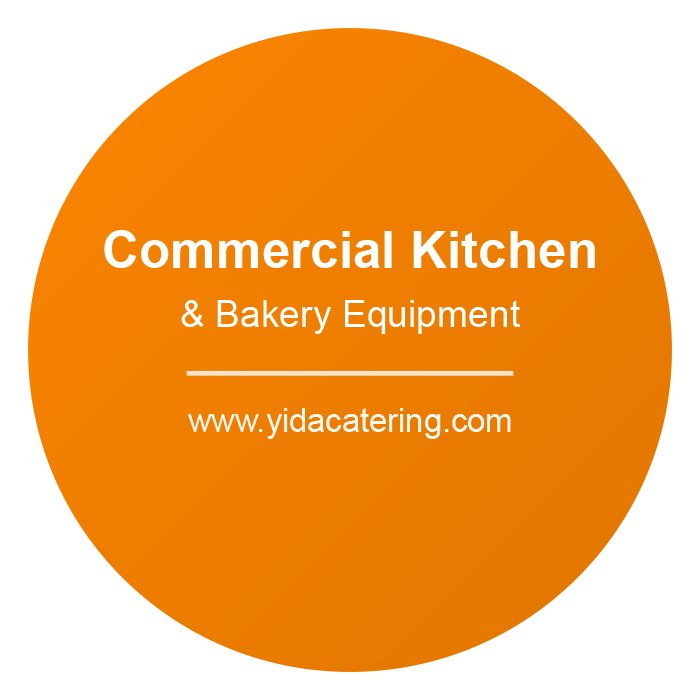Choosing the right equipment is a critical step when adding soft serve to your menu. It’s a decision that impacts your product quality, operational efficiency, and ultimately, your profitability. One of the most fundamental choices you’ll face is between a gravity-fed machine and a pump-style machine.
While both produce the delicious frozen treats customers love, they operate on different principles, each offering a unique set of advantages and disadvantages. This guide will break down the key differences to help you determine which machine is the perfect fit for your business goals.
Understanding Gravity-Fed Soft Serve Machines
As the name suggests, gravity-fed machines rely on the force of gravity to move the soft serve mix from the hopper into the freezing cylinder. This design is straightforward and mechanically simple.
The Pros:
- Simplicity and Ease of Use: With fewer moving parts, these machines are often easier to operate, clean, and maintain. This can translate to less staff training and quicker sanitation procedures.
- Lower Initial Investment: Generally, gravity-fed machines come with a more accessible price point, making them an attractive option for new businesses or those with a limited budget.
The Cons:
- Denser Product: Gravity machines introduce less air into the mix, a factor known as “overrun.” This results in a denser, heavier, and sometimes icier product.
- Lower Product Yield: Because less air is incorporated, you get less finished product from the same amount of mix compared to a pump machine.
Best For: Businesses where soft serve is a complementary menu item rather than the star of the show. Cafes, convenience stores, or restaurants looking to add a simple dessert option can benefit from the simplicity and lower upfront cost of a gravity machine.
Understanding Pump-Style Soft Serve Machines
Pump-style machines are equipped with a pump that actively moves the soft serve mix from the hopper to the freezing cylinder. This pump also injects a controlled amount of air into the mix during the process.
The Pros:
- Lighter, Creamier Texture: The key advantage of a pump machine is its ability to create a higher overrun. This means more air is whipped into the product, resulting in the light, creamy, and smooth texture that many consumers associate with premium soft serve.
- Higher Profit Potential: Higher overrun means you produce a greater volume of finished product from the same amount of liquid mix. This can lead to a lower cost per serving and higher profit margins.
- More Consistency: The pump ensures a consistent flow of product and air, giving you more control over the final texture and quality.
The Cons:
- Higher Initial Investment: The added complexity of the pump and its components means these machines typically come with a higher price tag.
- More Complex Maintenance: With more moving parts, pump machines require more detailed cleaning and maintenance procedures.
Best For: Specialty ice cream shops, high-volume frozen yogurt stores, and any establishment where soft serve is a primary revenue driver. If your brand is built on serving the highest quality, creamiest soft serve, a pump machine is the industry standard.
The Final Verdict: It Depends on Your Business
There is no single “better” machine—only the machine that is better for you.
- Choose a gravity-fed machine if your priorities are a lower initial budget, operational simplicity, and you are serving a lower volume of customers.
- Choose a pump-style machine if your goal is to serve a high-volume of customers with a premium, light, and creamy product, maximizing your profit per serving.
By carefully considering your business model, budget, and product quality goals, you can confidently invest in the soft serve machine that will best support your success.

